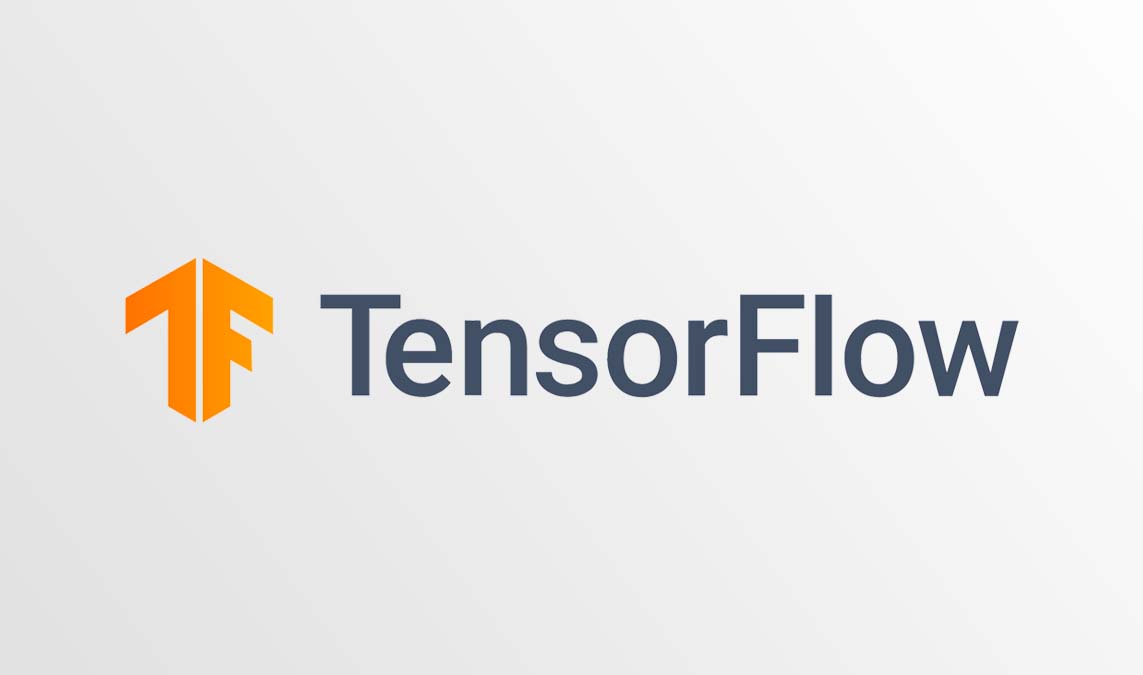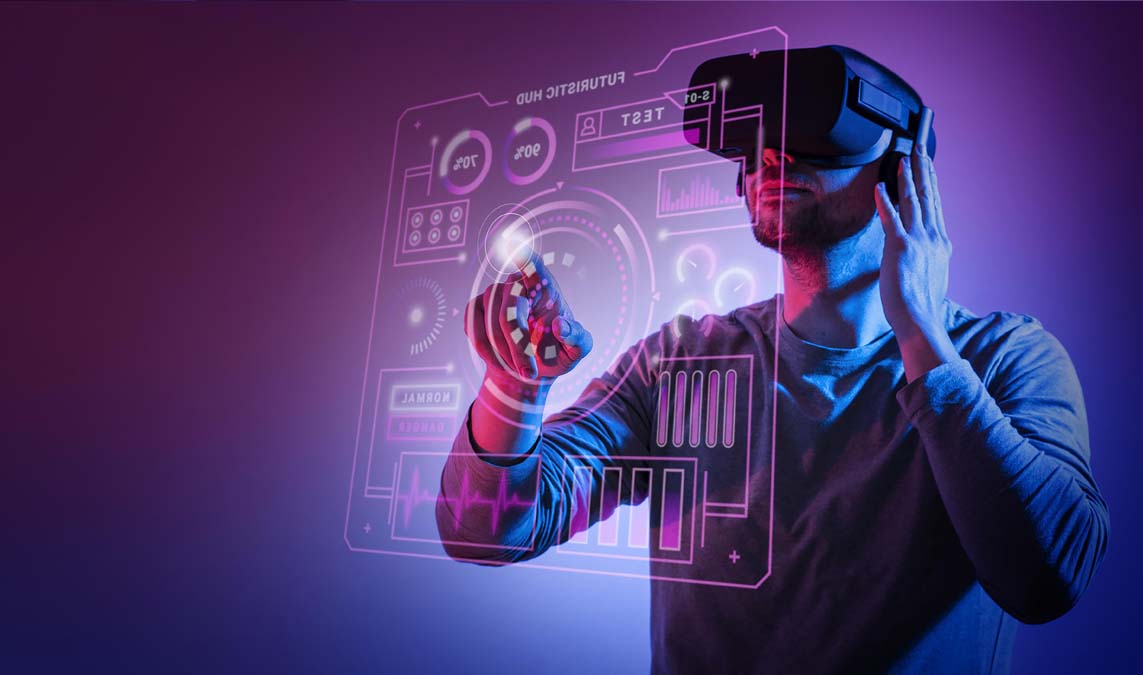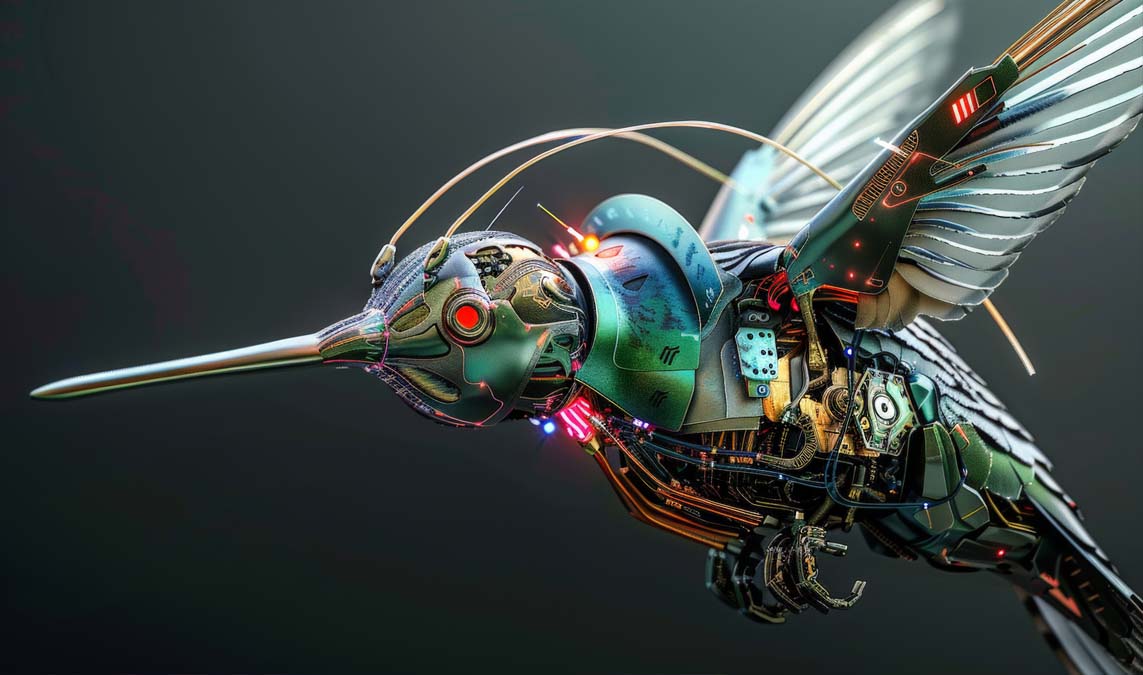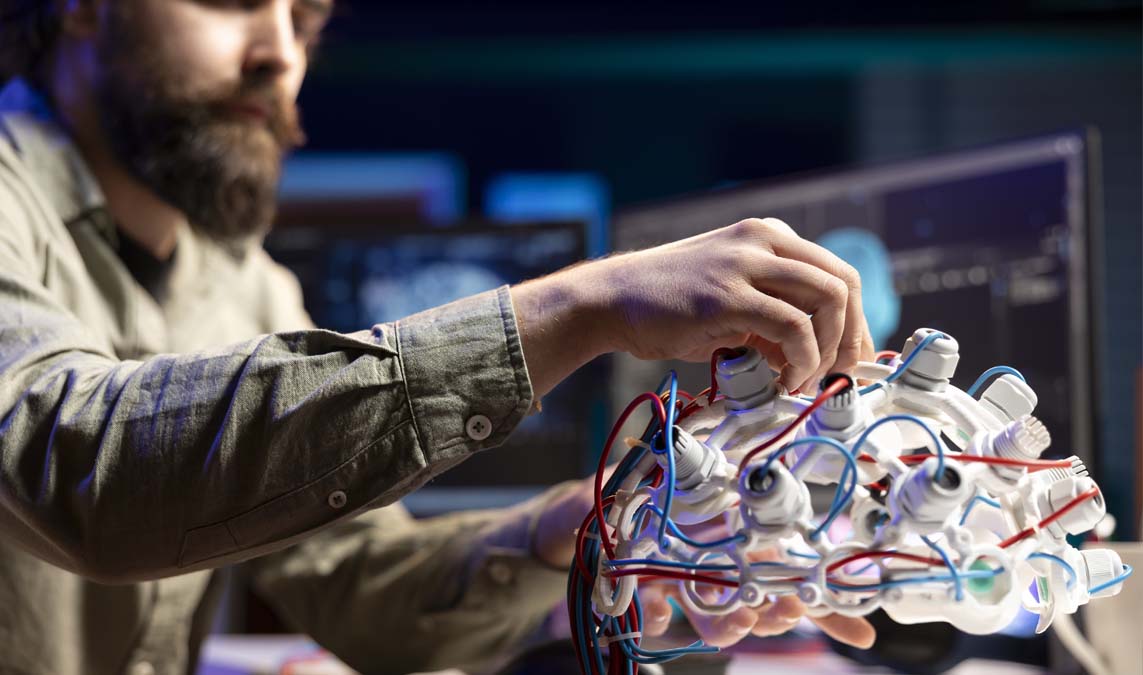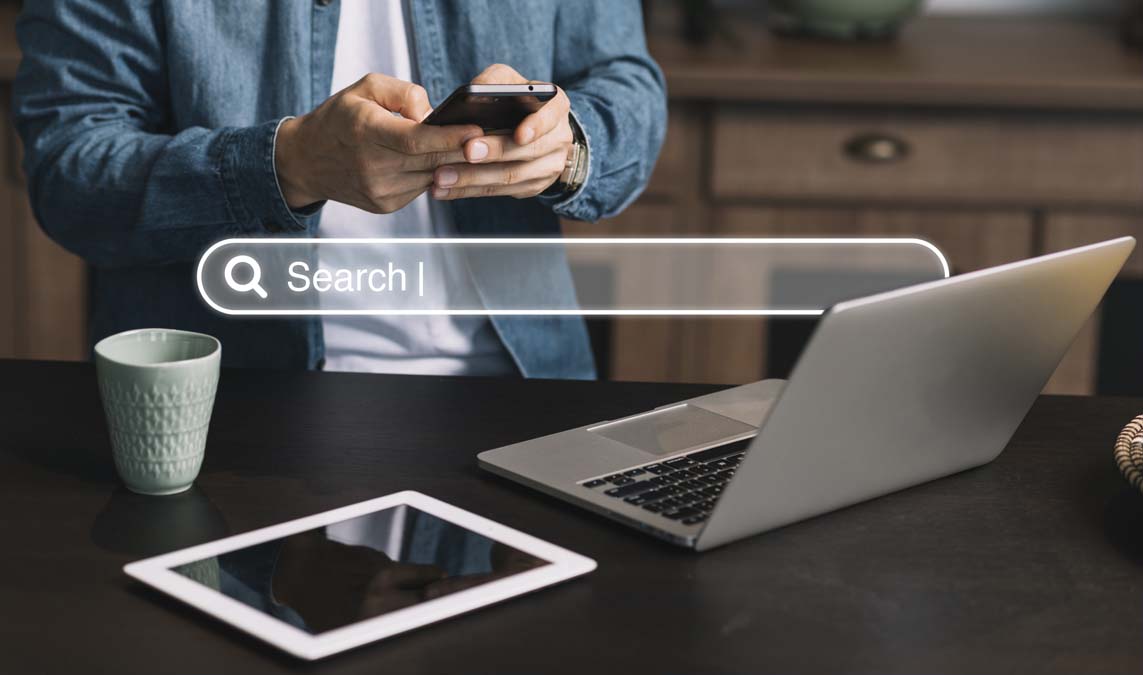In today’s visually driven world, content creators, marketers, and designers are constantly seeking faster and more innovative ways to produce engaging visuals. Enter the AI image creator, a groundbreaking tool powered by artificial intelligence that enables users to generate high-quality images from simple text prompts. As demand for unique digital content grows, these tools are revolutionizing the way we think about design and creativity.
What is an AI Image Creator?
An AI image creator is a software application that uses artificial intelligence, often through machine learning models such as Generative Adversarial Networks (GANs) or diffusion models, to generate images from text descriptions. Essentially, you input a written prompt, and the tool interprets your request to produce an image that matches the context and style specified.
For example, typing “a futuristic cityscape at sunset” into a leading AI image creator will instantly return a high-resolution visual that closely resembles your request. These results are not only fast but often indistinguishable from artwork created by professional designers.
How AI Image Creator Tools Work
These tools rely on large datasets of existing imagery to “learn” how various objects, environments, and textures should look. Models like OpenAI’s DALL·E, Midjourney, and Stable Diffusion have been trained on millions of images across diverse styles, ensuring that the AI understands nuances such as lighting, composition, and visual storytelling.
Moreover, natural language processing plays a critical role. The AI image creator must interpret your text accurately to determine what kind of image to produce. Because of this, the better you describe your vision, the more precise and creative the result will be.
Benefits of Using an AI Image Creator
Using an AI image creator comes with numerous advantages, especially for businesses and creators aiming to scale content production:
1. Speed and Efficiency
Using an AI image creator comes with numerous advantages, especially for businesses and creators aiming to scale content production:
2. Cost-Effectiveness
Hiring professional designers or purchasing stock images can be costly. However, with an AI image creator, users can produce high-quality visuals with minimal investment.
3. Creative Freedom
AI tools open up creative possibilities that were previously limited by technical skills. Even individuals with no design background can produce compelling artwork simply by describing what they want.
4. Customization at Scale
Whether you’re building a website, designing a presentation, or creating marketing content, AI image creators allow for infinite variations tailored to your exact needs. This kind of flexibility makes them an indispensable tool in today’s fast-paced content landscape.
Real-World Applications
AI is being adopted in numerous industries, each finding its own unique use cases. For instance:
Marketing and Advertising: Agencies generate campaign visuals quickly without relying on expensive stock photos.
E-Commerce: Online retailers produce lifestyle images of products without the need for elaborate photo shoots.
Education: Teachers and trainers create engaging illustrations and diagrams on the fly for lessons and presentations.
Entertainment: Writers and game developers visualize characters, scenes, and worlds before committing to expensive production cycles.
Limitations to Consider
Despite its many benefits, the AI image creator isn’t without limitations. Users must be aware of ethical and legal considerations, such as:
Copyright Concerns: Some AI models are trained on copyrighted material, raising questions about originality and fair use.
Bias and Representation: If an AI tool is trained on biased data, it might generate stereotypical or inaccurate imagery.
Quality Control: While impressive, not all results are perfect. Sometimes, hands or faces might appear distorted or unnatural.
Understanding these drawbacks is essential for responsible and effective use.`
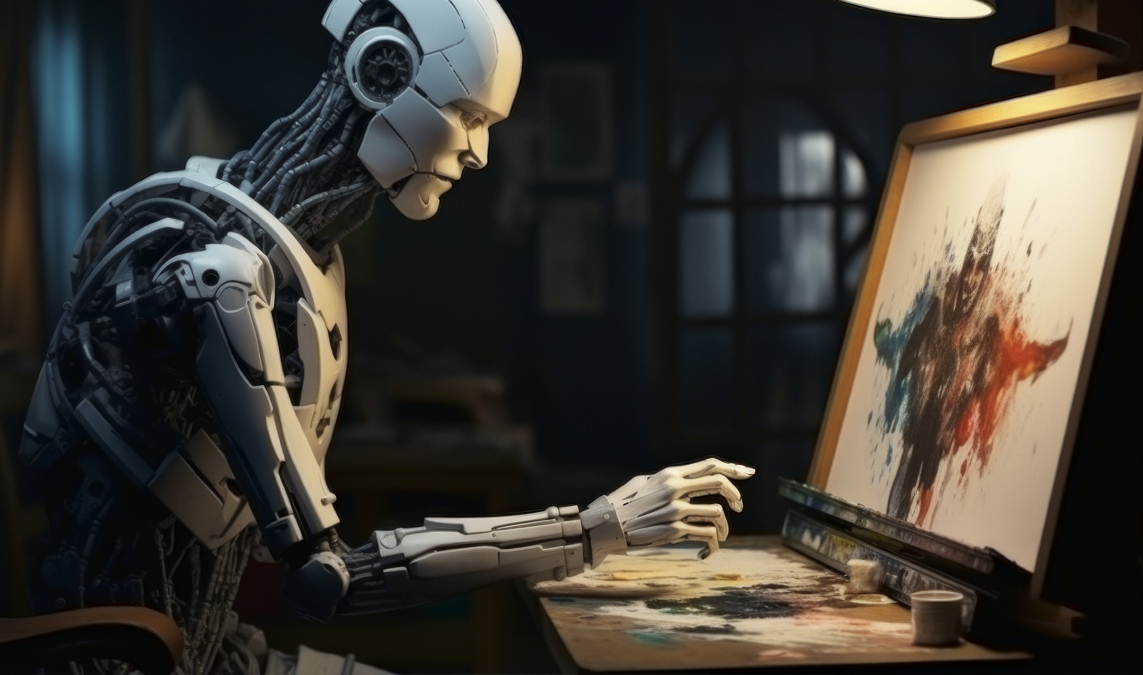
Best Practices When Using AI Image Creator Tools
To make the most of your AI, follow these best practices:
1. Be Specific with Prompts
The more detail you provide in your prompt, the better the output. Specify elements like style, lighting, background, and mood.
2. Use Iteration
Try multiple prompts and refine your input to get closer to your ideal image. Most tools allow easy variations.
3. Edit Post-Creation
Even if the AI generates a great image, you might want to touch it up using tools like Photoshop or Canva for a polished finish.
4. Respect Licensing
Check each platform’s licensing rules before using generated images commercially. Some tools provide full commercial rights, while others do not.
Top AI Image Creator Tools to Try
There are several AI image creator platforms available today, each offering unique features:
DALL·E 3 by OpenAI: Known for highly accurate visual interpretations and integration with ChatGPT.
Midjourney: Popular among artists for its stylized, artistic outputs.
Stable Diffusion: Open-source and highly customizable, ideal for tech-savvy creators.
Canva’s Text to Image: A beginner-friendly option integrated into a broader design suite.
Exploring each of these tools will help you determine which best suits your creative needs.
The Future of AI in Visual Design
As technology evolves, we can expect AI image creator tools to become even more advanced, incorporating features like motion generation, 3D modeling, and real-time collaboration. This will enable creators to produce not only static visuals but also animations and interactive content using similar AI-driven workflows.
Furthermore, integration with other AI tools—such as voice assistants, story generators, and video editors—will allow for fully AI-powered content production pipelines.
Conclusion
The AI image creator is more than a passing trend—it represents a fundamental shift in how we approach visual communication. With speed, flexibility, and accessibility at its core, this technology is empowering individuals and organizations to bring their creative visions to life like never before. As long as users remain mindful of the limitations and ethical implications, AI-generated imagery will continue to redefine the boundaries of design and storytelling.



